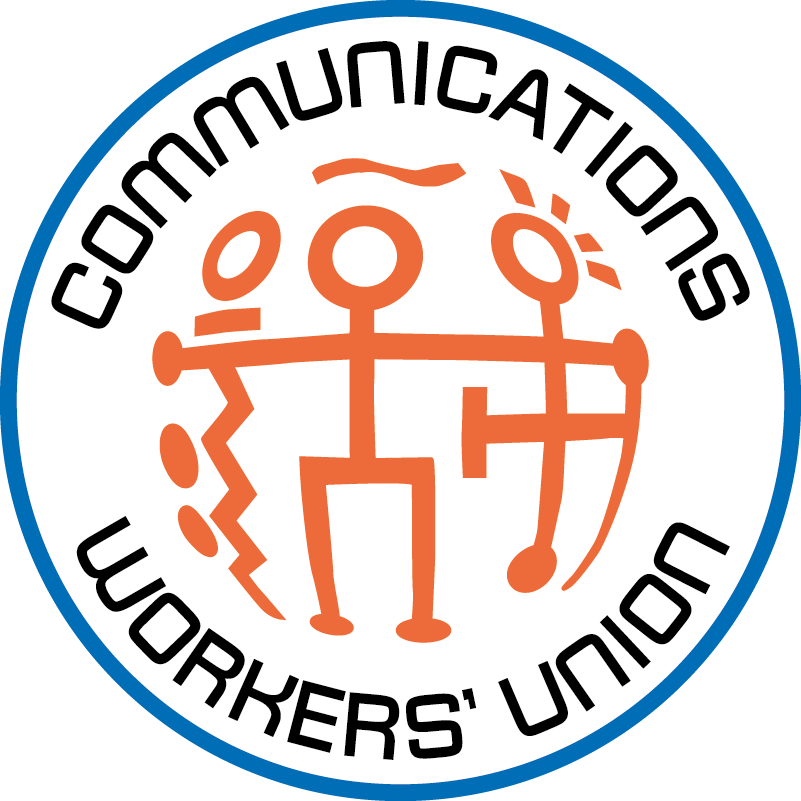GSP 19-18 Vehicle Tracking Reporting Policy
09/December/2018
Description
The CWU and An Post have concluded agreement to introduce Vehicle Tracking, which goes live on 1st January 2019. Telematics and Vehicle Tracking – GPS Fleet Tracking software -will be installed in all Company vehicles to support its requirement to meet sustainability directives requiring a 33% reduction of CO2 emissions by 2020 by efficiently managing the fleet. It will also assist improving health, safety and security of employees together with generating significant savings in fuel usage. Telematics, which is standard in the management of large fleets, will meet these requirements for the operational fleet.
The agreed policy applies to all An Post employees who drive a Company vehicle. Drivers will be made aware of the presence of a tracking device on the vehicle, and the use to which the data gathered from that device may be put. Essentially it is a fleet management tool which is not intended to be deployed in regular day to day management or disciplinary issues.
The Vehicle Tracking system uses GPS technology to provide information in relation to the movement of the vehicle. It is wired to the ignition of the vehicle and data is transferred to the central system via a mobile network. The Tracking Unit stores data when the mobile network is not available and has a built in battery which activates when the ignition is turned off. Through the use of personal driver fobs the Company will be in a position to meet regulatory requirements regarding use of Company vehicles.
The tracking system will reside within the Transport section with use restricted to only those authorised by the Operations Director Mails and Parcels. Reports will be provided on a weekly basis to the Area Managers and these reports will be ‘exception’ based. Examples of exceptions are:
Out of Hours Use
Any Company vehicle recorded as operating outside of normal operation parameters, including unscheduled weekend usage.
Engine Idling
Any vehicle recorded as engine running but where the vehicle is stationary for greater than 15 minutes.
Vehicle Use
Any vehicle stopped for more than 30 minutes during normal operation. This does not provide for the direct monitoring of drivers breaks.
Vehicle Catchment Reporting
Any Company vehicle recorded as being in operation outside of its normal DSU/Mail Centre catchment area, excluding those vehicles for which ‘home-garaging’ has been approved and where the activity is in line with that approval.
Device failure
Any vehicle that is no longer reporting an up to date location.
Other uses of the data collected by the system may from time to time be provided for specific purposes such as ISO Audit compliance.
Real time alerts via SMS messaging to appropriate personnel will be made available if required in the case of potential security or safety concerns. In such instances only, the exact location of the vehicle will be made available.
The system allows certain aspects of driver behaviour to be monitored, including speeding and harsh acceleration or braking. In the normal course of events this data will be used to direct overall driver training programmes and will only be reviewed in individual cases in exceptional circumstances. Driver training programmes will be in line with industry best standard and discussed with CWU.
While the system provides for limited ‘live’ tracking of vehicles this facility will only be utilised where there is an immediate concern about the safety and/or welfare of the driver or a concern about the security of the vehicle.
Irregular use of a Company vehicle is a disciplinary matter. Data collected from the tracking system in the form of ‘exceptions’ reports may be used to support Company enquiries in such cases. As with all such enquiries, the employee will have the opportunity to provide an explanation before any decision to pursue the matter through the Company’s Agreed Disciplinary Procedures.
In accordance with Data Protection legislation, Vehicle Tracking Technology will not be used for purposes other than that set out above.
The company will conduct a communication and awareness plan for staff as part of the January 2019 Quality Matters update, following which, the exception based reports will commence. The Union and Company will review the process six months after implementation.
